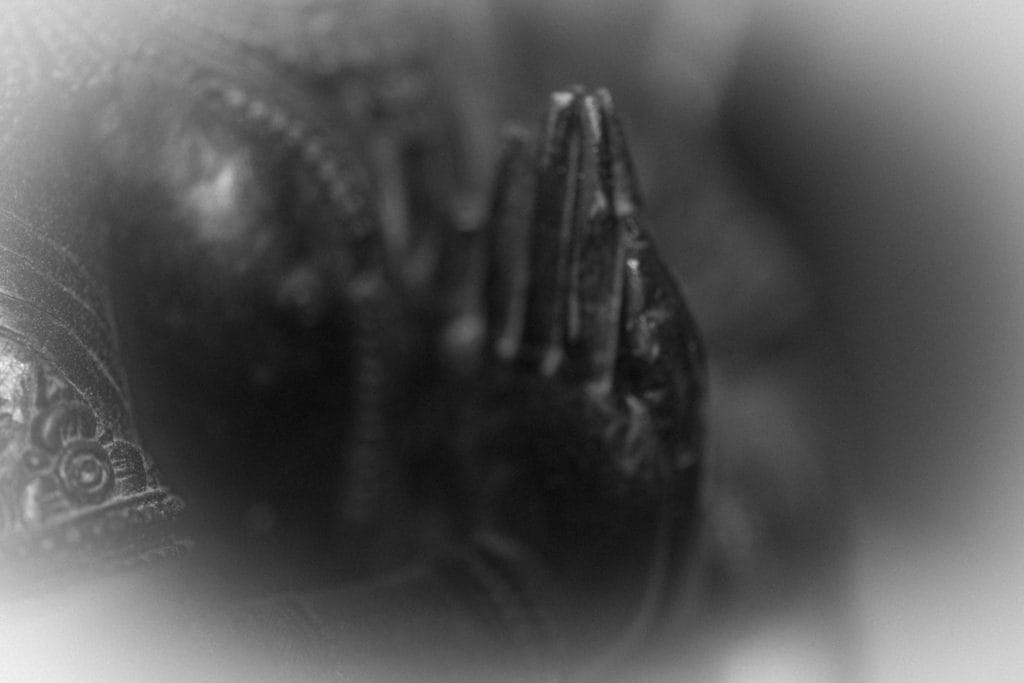A slipped disc is a misuse of term for a tear in the annular wall of the disc in which the nucleus bulges (other variations include endplate tear and intra discal lesion). Disc protrusion often occurs from a sudden increase of pressure on the disc. If the muscles of the spine are stiff and chronically shortened, this state greatly increases pressure at the disc and therefore the risk of disc injury.
Structure of the Lumbar Spine
The lumbar spine is the portion of spine between the sacrum (pelvis) and thoracic spine (rib cage). It consists of 5 vertebrae – these are the largest vertebrae in the spine and each vertebral body is slightly wedge shaped which accounts for it’s inward curve. The joints of the lumbar spine include the apophyseal (or facet) joints which act to align the spine in twisting so the spinal cord is not compressed. Each vertebral body is separated from the one above by a disc formed by a strong outer fibrous walls (formed like tree rings) and a soft inner core. This allows the disc to absorb shock when compressed and keeps the bones apart.
Download the full PDF article below

